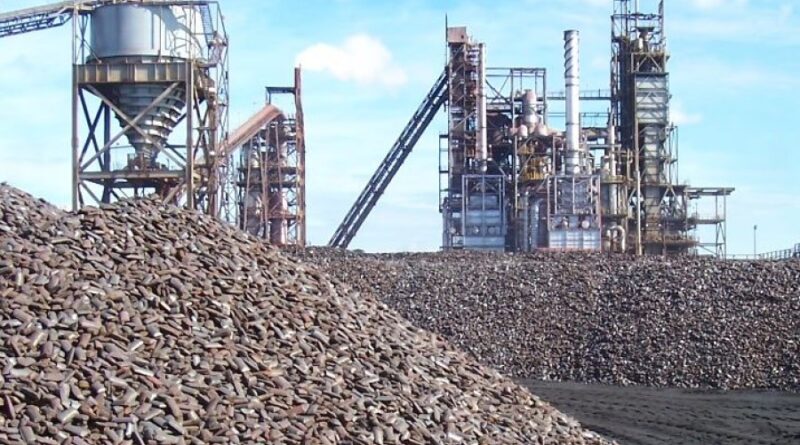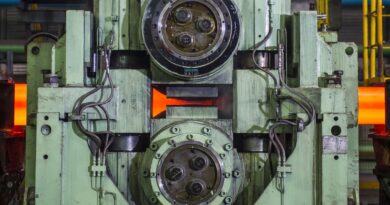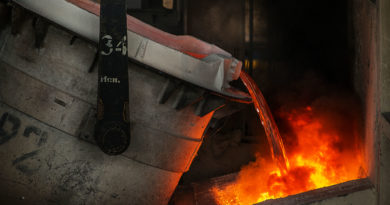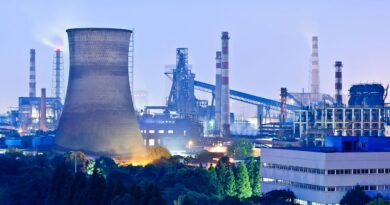The Indian steel industry: Growth and challenges
Steel has contributed immensely towards India’s economic growth. This is evident from the similar growth patterns of India’s GDP and steel production in the country, which also highlights the economy’s dependence on steel. National consumption of finished steel rose from 6.5 MT in 1968 to 98.71 MT in 2018, while GDP (at constant price, 2010) grew from USD 0.25 trillion in 1968 to USD 2.7 trillion today.
Post independence, India’s leaders identified power and steel as the foundation for the nation’s future development. True to their vision, most of India’s modern infrastructure was built using steel, which cemented the industry’s key position in the nation’s growth story.
Today, India has replaced Japan as the second largest steelproducing country, and it is on course to become the second largest consumer of steel globally. India’s domestic steel industry is especially vulnerable to cheaper imports and demand fluctuation.
The slump in domestic steel consumption and decrease in investment across sectors have affected the overall growth and profitability of the steel industry. The current wave of protectionism and trade wars are further impacting the industry.
However, this is a temporary phase. The present situation calls for a quick policy boost to insulate the sector from global pressure and stimulate demand. Although corporate tax cuts are a positive step towards driving investment, they are not enough to boost demand. Measures are needed to increase consumer confidence and the credibility of the financial sector.
Moreover, the steel industry needs to evaluate the digital disruption taking place in other industries and how some of its challenges can be mitigated by using emerging technologies. In 2018, the Indian Steel Association (ISA) successfully launched its flagship event, the ‘ISA Steel Conclave’, as a platform for the government, senior industry leaders and consultants to gain insights into international steel trade and the related challenges.
Today, the steel industry contributes slightly more than 2% to the GDP of the country. This percentage accounts for direct contribution. The indirect contribution of steel is much larger, owing to the dependence of other sectors.
The steel industry employs nearly half a million people directly and two million people indirectly. The output effect of steel on Indian economy is approximately 1.4x with an employment multiplier of 6.8x. As per the World Steel Association, globally, for every two jobs created in the steel industry, 13 more jobs are created across the supply chain.
India is currently the world’s second largest producer of crude steel, with 110.92 MT produced in 2018–19 (up from 103.13 MT in 2017–18). The country has strengthened its domestic steel industry considerably over the last decade. It became a net exporter in FY 2016–17, with exports of total finished steel reaching 8.24 MT vis-à-vis imports of 7.22 MT in the same year.
It maintained this position with a positive trade balance of 2.138 MT in the next year too. But with rising protectionism and an ongoing trade war (among other factors), India has seen a steep decrease of 33.9% in its exports, clocking only 6.36 MT in 2018–19.
In contrast, imports saw an increase of 4.7% and stood at 7.83 MT. As a result, the country once again became a net importer in the last financial year. Though small in scale, a positive trade balance from finished steel production was remarkable for a country like India, which missed the opportunity to build a mature secondary sector in its hurry to strengthen the tertiary/services sector.




